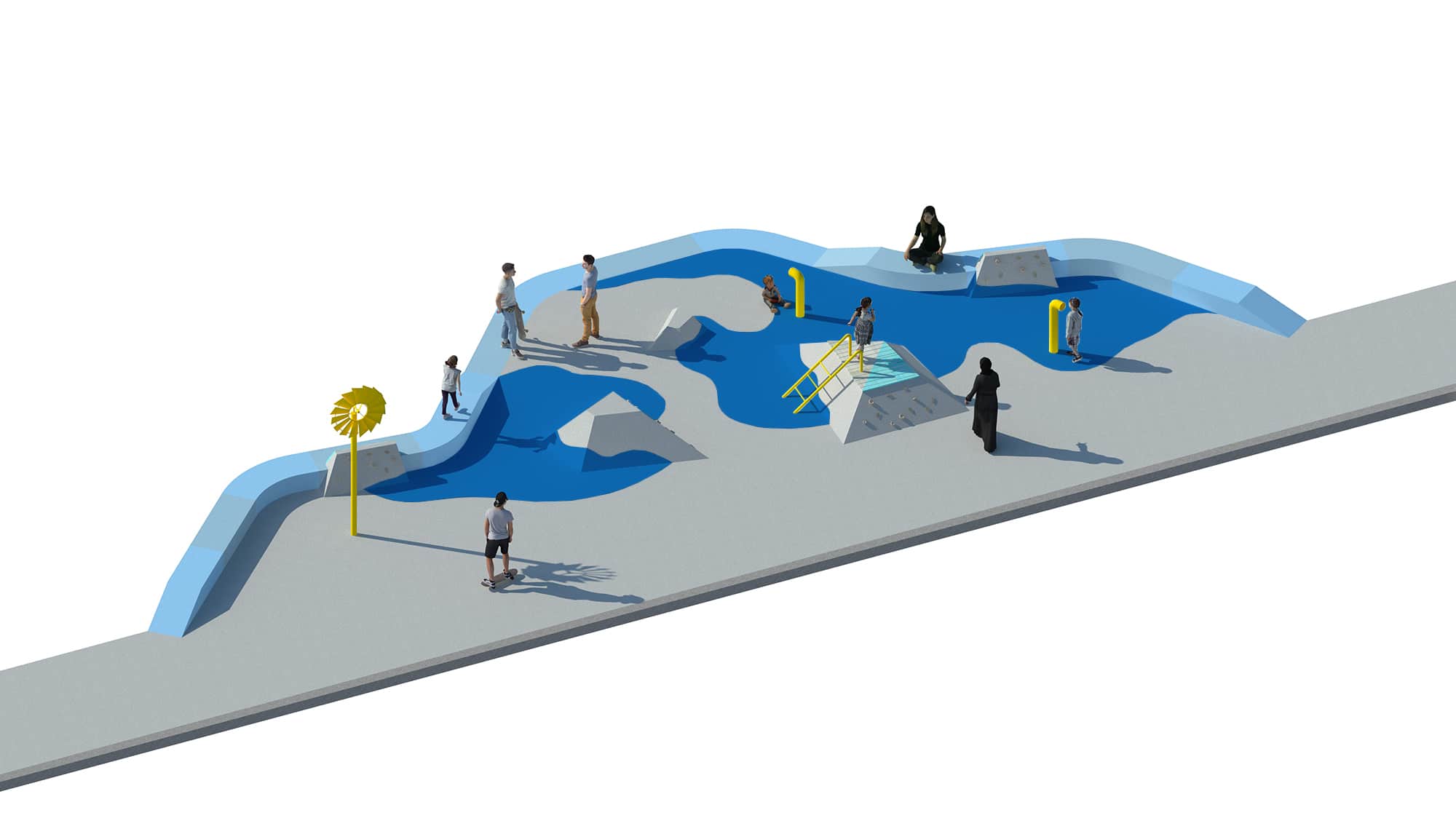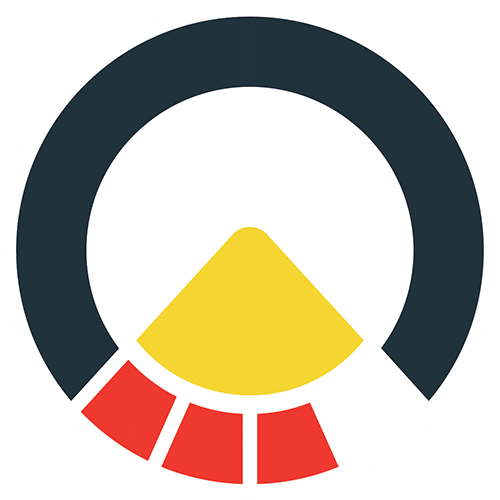MAUJ PUBLIC SPACE
Collaborators: RELIEF Centre; El-Mina municipality; Citizen Scientists Alaa El Merehby, Bassem Zawdeh, Ghassan El Bakri, Heba El Haji, Houda Kabbara, Mahmoud Sleiman and Taha Mersalli
Funding: Otto per Mille of the Waldensian Church of Italy
The corniche of El Mina is one of the few public spaces in the city that is accessible at any time of the day and used by diverse communities. This project focused on an area of the corniche that is near some of the most vulnerable neighbourhoods of El Mina. While part of the corniche was refurbished, the section we selected to work on lacks vital infrastructure.
Building on the design brief we developed the preliminary design that was presented in a series of design consultations with citizen scientists, the municipality, as well as the public on the site of intervention. The feedback collected during these consultations was then incorporated into the final design. The final design consists of three different stations spread across the corniche to enhance existing uses of the space, creating a leisure infrastructure for all, a child friendly space, a safe and accessible space to all. Reflecting the name of the project MAUJ (waves in Arabic), the design for these spaces is influenced by the sea. Each station is bordered by a long, multi-level bench which can be used to sit on and play along. The bench is made out of concrete dyed in shades of blue to enhance the feeling of proximity to the sea.

The floor of these spaces is interspersed with blue cement flooring representing water. Amongst the water there are a number of different ‘rocks’ on which children can play, climb up the rocks and jump off them into ‘water’. This is enabled through steel components that create ladders to climb with and poles to slide down. One of the stations also has speaking pipes that have the look of periscopes extending from the water. To increase accessibility, access ramps were added in front of each station. Fish silhouettes were painted on the sidewalk connecting the stations in a fun promenade. A windmill attracts passersby from a far distance, inviting them to come and enjoy the space and the beautiful sea view.
We used local material and hired local skilled labourers to boost the local economy, develop local skills and increase the sense of ownership. The citizen scientists conducted site supervisions and observations during the construction to monitor the interaction of users of the corniche with the new intervention. We also planned a series of community activities to activate the space post implementation.

